Question - do the auto corrections apply in video automatically? I'd think trying to shoot video with straight lines would be quite difficult otherwise with this lens.
Upvote
0
If you haven't changed the defaults: yes, they will be applied to the video.Question - do the auto corrections apply in video automatically? I'd think trying to shoot video with straight lines would be quite difficult otherwise with this lens.
Frodo, that's a mighty nice photo to my eye, I like it and I complement you on your skill! Well done, thanks for sharing!For those who consider that the RF 16/2.8 is not suitable for technical uses, such as astrophotography, I will print this image (shot last night) at A2. 10 seconds at f/4 at ISO 6400 on EOS R processed in DXO PureRaw2, 12 images stacked in Sequator.
The "subsets" you mention constitute a huge percentage of what people shoot with a wide angle lens. A more accurate assessment would be to say that this lens is a very handy, affordable and good quality ultra-wide angle lens for general use....If someone was to say that this lens was no good for anything, they would be wrong. It does have its specific uses, but these are only a subset of what UW lenses of this focal length can normally do, which is why it's justifiable to say it's not a very good lens, it has significant limitations, but works for particular niche uses well, such as hiking, travel, fixed subject distance/self recording video (vlogging) and apparently stacked night photos (where heavy vignetting and the lack of fine details in the corners don't matter)...

In terms of "image quality" that is not only a subjective value judgment but it implies that the lower cost Canon lenses are giving up a significant amount of image quality, when in reality the compromises are not that significant under most circumstances and for most users....lenses all make compromises in the areas of size/weight, image quality or price (you can only pick two of the three).
Canon's decision in the Rf system, in their entry level lenses, has been to focus on building a system around the parameters of lightweight/small and cheap, so by selecting these two, we have to give up something in image quality. Great if you prefer lightweight/small lenses (and some are better value for money than others), but that's not every photographer's preference. That only leaves very expensive (read overpriced) top-tier L-series lenses. There would be a significant proportion of photographers taht are fine with a larger, heavier lens that costs a bit more and delivers better image quality, but don't want to pay the extortionate prices of Canon RF-L lenses, and that is where the problem lies...
I would disagree, UW lenses are predominately used for landscape, real estate and architecture, with astrophotography probably as a subset of landscape. Hiking/travel and vlogging aren't as large. Keep in mind that lenses that can shoot the major categories I mentioned can also do the latter, but it doesn't work the other way around.The "subsets" you mention constitute a huge percentage of what people shoot with a wide angle lens. A more accurate assessment would be to say that this lens is a very handy, affordable and good quality ultra-wide angle lens for general use.
Here is another example of how the lens can be used.
What is 'good enough' image quality is totally subjective, depends on what you're doing with the photographs. What constitutes good, excellent and razor-sharp image quality is objective, measurable and quantifiable. Fact is, the RF 16mm f/2.8 is not a good lens, the RF 14-35 L is, even with its compromises, it delivers far better images, and the RF 15-35L trounces that. You get what you pay for, even relatively speaking at Canon's inflated prices. Market segmentation...In terms of "image quality" that is not only a subjective value judgment but it implies that the lower cost Canon lenses are giving up a significant amount of image quality, when in reality the compromises are not that significant under most circumstances and for most users.
Your comments also fail to recognize diminishing returns. It's common knowledge that the added costs between "good enough" and "excellent" is a steep arc. You and others seem to be under the misimpression that quality follows a straight line path upwards and that the cost of adding additional quality only requires incremental and evenly proportional investments, when in reality as we approach perfection the relative costs rise out of proportion to the gains. That's why the gap between a medium telephoto at f4 and f2.8 is much smaller than the gap between f2.8 and f2, for example.
You think that giving up some weight savings would offer an equal or proportional cost savings, but of course, you have no evidence to support that theory.
Yeah, it's worthless for landscapes.I would disagree, UW lenses are predominately used for landscape, real estate and architecture, with astrophotography probably as a subset of landscape. Hiking/travel and vlogging aren't as large. Keep in mind that lenses that can shoot the major categories I mentioned can also do the latter, but it doesn't work the other way around.
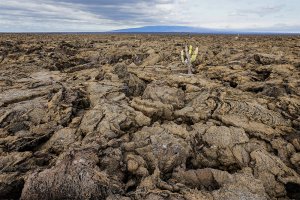
I have both the RF16mm f2.8 and the RF 14-35 L. One is light, tiny, inexpensive and faster by a stop. One is wider by 2mm, zooms and is weather resistant....Fact is, the RF 16mm f/2.8 is not a good lens, the RF 14-35 L is, even with its compromises, it delivers far better images, and the RF 15-35L trounces that. You get what you pay for, even relatively speaking at Canon's inflated prices. Market segmentation...
Fact is, the RF 16mm f/2.8 is not a good lens
Your comments also fail to recognize diminishing returns. It's common knowledge that the added costs between "good enough" and "excellent" is a steep arc. You and others seem to be under the misimpression that quality follows a straight line path upwards and that the cost of adding additional quality only requires incremental and evenly proportional investments, when in reality as we approach perfection the relative costs rise out of proportion to the gains.
You can clearly see the horrible distortion – none of the rocks have straight lines, nor do the cactuses. Plus, the lens seems to render most of the image in brown hues. Obviously, the lens has problems.
That's a false dichotomy logical fallacy, that there are only two possible states, useless or awesome lol!Yeah, it's worthless for landscapes.
Precisely, different lenses, for different purposes, at different price points, with different features and different image quality!I have both the RF16mm f2.8 and the RF 14-35 L. One is light, tiny, inexpensive and faster by a stop. One is wider by 2mm, zooms and is weather resistant.
If anyone has trouble producing quality images with either lens, it's not the lens that is the problem.
Maybe they should get all the Nat Geo landscapes photog do shoot all their work with it. After all, it's much lighter, cheaper, and nobody should ever need Canon's more expensive L lenses lol! But what about zoom... zoom with your legs!You can clearly see the horrible distortion – none of the rocks have straight lines, nor do the cactuses. Plus, the lens seems to render most of the image in brown hues. Obviously, the lens has problems.
For those who consider that the RF 16/2.8 is not suitable for technical uses, such as astrophotography, I will print this image
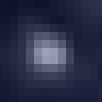
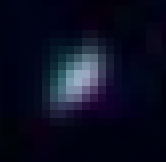
No it's a fact, the results produced by Imatest which show LW/PH, which is the level of detail that the lens resolves, an objective measurement, show it to b lacking.Actually that's not a fact, that's a value judgment. Someone that values logic as highly as you claim should realize that.
I actually agree with your take for the most part wrt the optical properties of the RF 16 f/2.8. I prefer lenses with better optical correction mainly because I do shoot a good amount of astro, but that simply means a lens without that might not be good for me. Whether it is good for someone else entirely depends on their goals or intended uses for the lens.

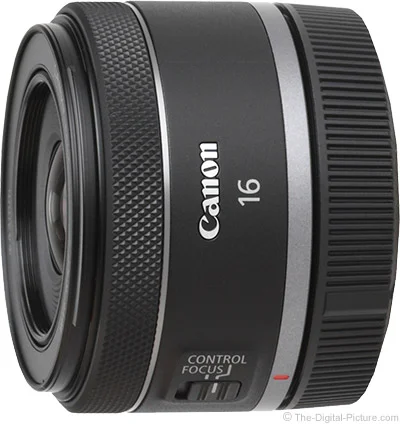

 www.cameralabs.com
www.cameralabs.com
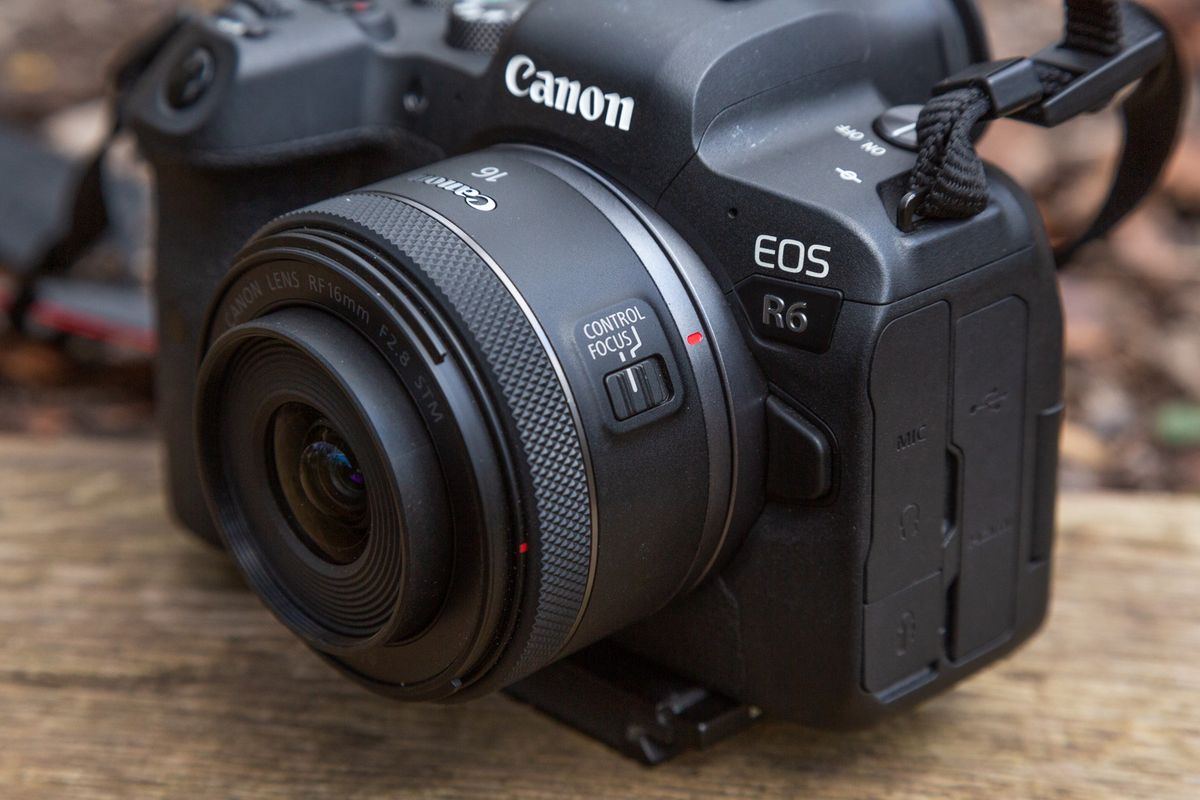
No it's a fact
Here's another example of the apparent weaknesses of a cheap lens for an application like astro, borrowed from a TDP review.First of all great image. If I were just looking at that image in the full size without zooming in, I can't see anything wrong with it. Looking at it in more detail however (even not at full resolution), it becomes apparent what some of the weaknesses are of a cheap lens like the RF 16 for an application like astro.
This is an example of a star more in the middle of the image.
View attachment 205657
It is nice and circular, with the light distributed correctly most strongly at the center and then fading toward the edge of the disc. The color is also uniform and well rendered.
This is an example of a star more toward the corner of the image.
View attachment 205658
You can see that it has been stretched with a more longitudinal component added and is no longer a circle, and it also exhibits some discoloration due to coma. Now, not all stars in the image are like this, I can see some that are rendered well even in the vicinity of the corners, but it's really a hit and miss still as to whether the digital correction gets it right.
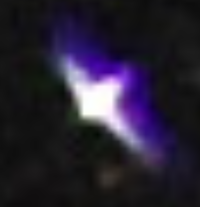
Look at the images in the comparisons, Gordon uses diagonal images to put details in corners, because putting compositions with dark or uniform undetailed corners won't show the deficiencies.No it's not. What is a fact is this quote you had from Cameralabs.
"There are weak points".
Sure, the lens has some weak points, that's factual. Most lenses have strong and weak points. There is no universal lens that does everything the best.
Whether a lens is "good" for a particular application depends on whether the weak points affect the intended use in a negative way such that another lens would be better for that particular application. There is no universal good or bad designation you can give any lens given the myriad of possible uses.


You are saying that a certain resolution threshold separates 'good' lenses from 'bad' lenses. Any way you look at it, that's value judgement. Period. Full stop.No it's a fact, the results produced by Imatest which show LW/PH, which is the level of detail that the lens resolves, an objective measurement, show it to b lacking.
Maybe I'm missing your point...
I didn't think that the RF 50 f/1.2 was considered a decent astro lens (as the huge coma here shows), it's not dependent on lens price but design. If I recall the astro folk use a lot of low distortion UW Laowas and other third-party brands, and not many native Canon lenses from what I've read, not my area, relaying what I've seen. That 50 is a great everything else lens though!Here's another example of the apparent weaknesses of a cheap lens for an application like astro, borrowed from a TDP review.
View attachment 205659
Except that 'cheap lens' is the RF 50mm f/1.2L that costs nearly 8 times as much as the 16/2.8.
Maybe I'm missing your point...
